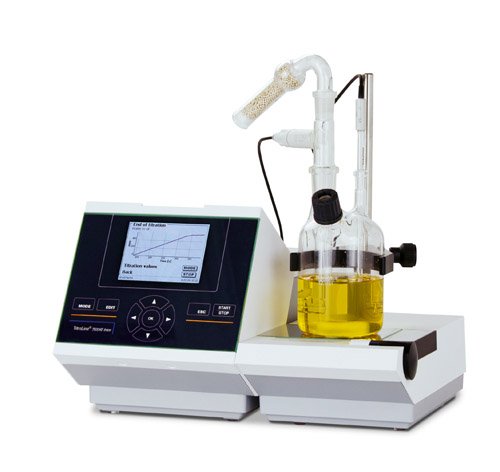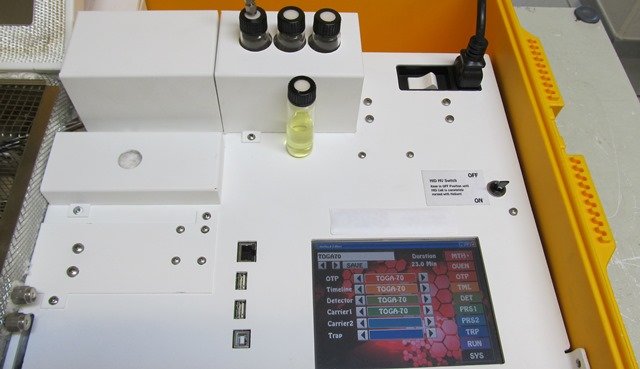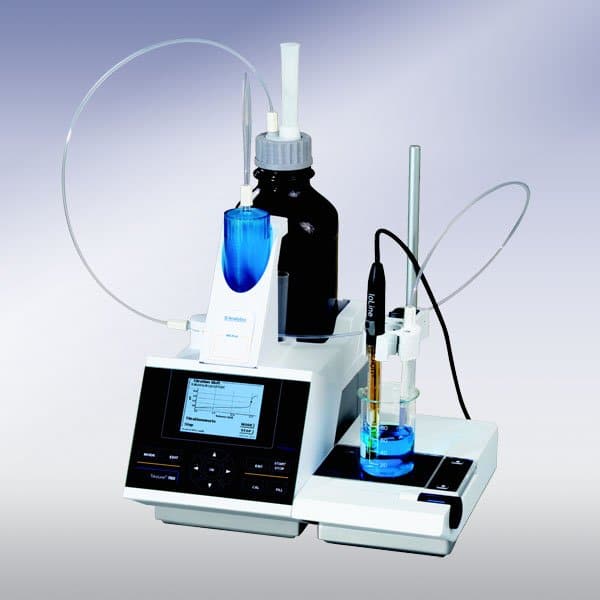
Breakdown Analyzer | ÖLPG | Oil Tester
The ÖLPG Oil Tester is a portable “Breakdown Analyzer” designed for on-site oil testing. This device fully automates the breakdown voltage or dielectric strength test for insulating oil, making the process both fast and cost-effective. A critical test for transformer oil quality is the breakdown voltage test: lower resulting voltage indicates lower oil quality. Ultra-light transformer oil testers like the ÖLPG are powerful and ideal for on-site testing, enabling operators to assess insulating oil quality directly, without sending samples to a lab. Immediate action can be taken based on results if necessary.
A quick procedure and shutdown time of less than five µs enable efficient testing. High-contrast display facilitates handling and navigation, while the Breakdown Analyzer also supports non-destructive testing of synthetic, ester, and silicone oils. Breakdown voltage in insulating oils is determined easily by sampling oil directly from the transformer or current transformer, then subjecting it to the fully automated test. Results provide operators with a clear assessment of oil quality, guiding decisions on retention or replacement.
Automatically generated test reports are ready for download as PDFs onto a USB stick. Rapid voltage cut-off ensures safe, non-destructive testing for synthetic, ester, and silicone oils. Pre-defined, fully automated test sequences adhere to current international standards, guaranteeing compliance with legal testing requirements. In conclusion, the ÖLPG Oil Tester represents a significant advancement in oil testing technology. Offering a reliable and efficient solution for operators in need of accurate and timely results.
We offer you advice on the topics of: Dielectric breakdown voltage | dielectric strength | oil tester




